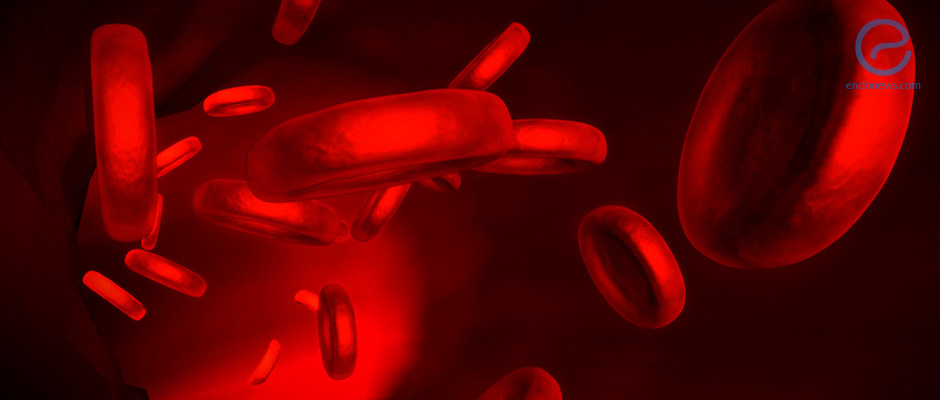Unique features of endometrial cells in endometriosis
Researchers from the University of Texas, San Antonio, have published a detailed study on the properties of endometrial cell components in relation to endometriosis, entitled "Hypersensitive intercellular responses of endometrial stromal cells drive invasion in endometriosis", in the scientific journal eLife. The…
Key Points Lay SummaryEndostatin-Expressing Stem Cells: A New Approach to Treating Endometriosis
Endometriosis is a chronic inflammatory condition characterized by abnormal blood vessel formation. Endostatin, a potent angiogenesis inhibitor, has shown potential in targeting the process of angiogenesis. In a study published in Stem Cells Translational Medicine, Peng and Zhang et al. explored the therapeutic…
Key Points Lay SummaryEndometrial Stromal Cell Function: The role of Histone acetyltransferase and Alpha-Enolase
In a study published in the Open Life Sciences, Yin et. al investigated how KAT2A-driven ENO1 succinylation affects the function of endometrial stromal cells in endometriosis, highlighting its role in disease progression and its potential as a target for therapeutic intervention. The…
Key Points Lay SummaryImmune Dynamics in Adolescent Peritoneal Endometriosis
In a study published in the Cells, Khashchenko et. al investigated the potential role of immune cell imbalances in adolescent peritoneal endometriosis, and their potential impact on disease progression and response to progestogen therapy. This study provides new insights into how immune imbalances in adolescents with…
Key Points Lay SummaryDoes endometriosis have an adverse effect on sperm activity?
Infertility is one of the symptoms encountered in up to 40-50% of women with endometriosis. There are several pathophysiological theories suggesting the development of endometriosis-associated infertility such as altered pelvic anatomy, adhesions, disrupted ovarian reserve/function and compromised endometrial receptivity as…
Key Points Lay SummaryUnviling the role of PD-1-PD-L1 Pathway in Endometriosis Progression and Therapy
The role of immune system in Endometriosis, a chronic inflammatory disease is complex, involving both protective and harmful effects. A key player in this process is PD-1 (programmed cell death protein 1), a protein found on T cells that regulates immune responses by inhibiting…
Key Points Lay SummaryRegulatory T cells influence on endometriosis development
While the exact cause of endometriosis is still debated, various theories are being investigated. One approach focuses on the immune system. Regulatory T-cells (Tregs) are crucial in suppressing inflammatory immune responses and preventing autoimmune diseases, allergies, infections, and cancer. Knez…
Key Points Lay SummaryStem cells may open new horizons in various gynecological disorders
In-Sun Hong, PhD, a researcher in regenerative medicine at Korean Gachon University has published a comprehensive review on the role of stem cells in gynecological disorders in a recent issue of the International Journal of Biological Sciences. Endometrium changes the menstrual…
Key Points Lay SummaryStudy Sheds Light on the Molecular Mechanism of Endometriosis Lesion Formation
The production of a protein called Nucleotide-binding Oligomerization Domain 1 (NOD1) in ectopic mesenchymal stem cells may be associated with the formation of ectopic endometrial lesions, according to a new study published in the International Journal of Stem Cells. This…
Key Points Lay SummaryQuercetin and its effects on endometriosis
Endometriosis, as a disease characterized by chronic inflammation and fibrosis, could be a potential target for quercetin, a flavonoid found in various foods and botanicals, and a known senolytic agent with many effects including antioxidant, anti-inflammatory, and immune-modulatory properties. Studies…
Key Points Lay SummaryVicious cycle: The promoting role of previous endometriosis foci for new lesions
An experimental animal study on the pathogenesis of endometriosis from the Institute for Clinical and Experimental Surgery, Saarland University, Hamburg has been published in a recent issue of International Journal of Molecular Sciences. Endometriosis is a well-known common gynecological ailment…
Key Points Lay SummaryPeritoneal endometriosis and Peritoneal Immunity
The peritoneum is an important immune barrier where, under normal conditions, it is balanced. External stimuli cause pro-inflammatory responses. To bring balance to this undesired situation, anti-inflammatory factors come into play. However, in patients with endometriosis, cytotoxicity of T lymphocytes,…
Key Points Lay SummaryAlterations of mitochondrial dynamics in endometriosis
Mitochondria are known as the batteries of the cell with the ATP that they produce through oxidative phosphorylation. Mitochondrial dynamics are important mechanisms for mitochondria to maintain their integrity by continuously undergoing changes. Mitochondrial fusion is the joining of two…
Key Points Lay SummaryRole of peritoneal dendritic cells in endometriosis development
Dendritic cells (DCs), essential antigen-presenting cells bridging innate and adaptive immunity, play a pivotal role in immune response modulation. They capture process, and present antigens, facilitating T-cell activation. DCs also promote self-tolerance by releasing tolerogenic cytokines, contributing to autoimmune disease…
Key Points Lay SummaryConditioned medium from adipose tissue derived stem cells for endometriosis treatment
Despite the effectiveness of both surgical and medical treatments in addressing complications related to endometriosis, there is still a high recurrence rate indicating the need for the development of novel therapeutic approaches to enhance the effectiveness of endometriosis treatment. Adipose-derived…
Key Points Lay SummaryEndometriosis disease modelling via induced pluripotent stem cells has been successful
J. Julie Kim, S. Y. Hung Research Professor and Professor of ObGyn, Reproductive Science in Medicine, Northwestern University, Chicago, Illinois, has delivered a conference at the Annual International Medical Conference of the Endometriosis Foundation of America held in New York on April 1-2,…
Key Points Lay SummaryActivities of cytotoxic cells in endometriosis
Immunological dysfunction is thought to be involved in the etiopathogenesis of endometriosis, leading to defective immunosurveillance and the growth of endometriotic lesions. In this pathway, reduced cytotoxicity of peripheral and peritoneal natural killer (NK) cells is seen as a contributing…
Key Points Lay SummaryA call for mast cells from endometriotic lesions
Endometriosis is a well-known hormonal-dependent inflammatory disease. But what type of inflammatory cells is responsible, and when does estrogen take part, are questions that have not been answered yet. In the study conducted by Alison McCallion et al, the role…
Key Points Lay SummaryA new potential therapeutic target in endometriosis: Galectin-3
The endometrial cells migrate and attach to the peritoneal surface according to the most widely accepted retrograde menstruation theory in endometriosis development. Given that only 10% of women have endometriosis, it is thought that some additional factors contribute to the…
Key Points Lay SummaryImmune cells in peritoneal endometriosis
Dr. Burcu Ersoy and associates from The University of Sydney, Australia, published their interesting study on surgically removed peritoneal endometriosis tissues in the journal named "F&S Science". It is still a dilemma how ectopic endometrial tissues attach to the peritoneum, persist…
Key Points Lay SummaryWhy Do Some Women Develop Endometriosis While Other Don’t?
Chemotaxis by natural killer cells as well as cytotoxicity is significantly decreased in the peritoneal cavity of women with endometriosis, according to a new study published in the American Journal of Reproductive Immunology. This means that antigens that enter the…
Key Points Lay SummaryAn important enigmatic promoter of endometriosis: immune dendritic cells
Dr. Larinha and associates from a Brasilian academic center have published their comprehensive review on the role of immune dendritic cells in the pathogenesis of endometriosis in a recent issue of the "Journal of Reproductive Immunology". Antigen-presenting dendritic cells of…
Key Points Lay SummaryFull understanding the role of nervous system in endometriosis could yield new gateways to novel therapeutic approaches
Dr. Velho and associates from Berlin, Germany have recently published their comprehensive review on the role of the nervous system in endometriosis in a recent issue of “International Journal of Molecular Sciences”. Understanding the role of the peripheral nervous system…
Key Points Lay SummaryThe Role of Endometrial Cytokines on the Infertility in Endometriosis Patients
The intrauterine microenvironment and underlying immunological mechanisms in endometriosis pathogenesis have been a popular research topic, mainly due to the efforts to comprehend the reason to elucidate infertility that these patients suffer from. Because of their superiority to other immune…
Key Points Lay SummaryCombined contraceptive pills and immune system cells in the endometriotic cyst wall
Dr. Wanwisa Waiyaput and associates from Mahidol University, Bangkok, Thailand, have published their results on the immune regulatory cells of the surgically resected endometriotic cyst walls in the “Journal of Ovarian Research”. The defective immune response is believed to have…
Key Points Lay SummaryMyeloid-Derived Suppressor Cells are gaining importance in endometriosis
Dr. Wertel and associates from Polish academic centers published their sentimental review paper on the role of "Myeloid-Derived Suppressor Cells" in human diseases, in a recent issue of Cells. Endometriosis, the most common gynecological disease affecting about 10% of women globally,…
Key Points Lay SummaryEndometrial epithelial stem/progenitor cells have links to endometriosis with potential therapeutic research aspects
Dr. Cousins with colleagues from Australia and the USA published their review paper on a not well-known subject, the epithelial stem/progenitor cells of the endometrium. This interesting paper is recently published in the scientific journal named "Frontiers in Cell and Developmental…
Key Points Lay SummaryThe association of chronic endometritis, endometriosis and tubal infertility
Holzer et al. from the Department of Gynecologic Endocrinology and Reproductive Medicine of Medical University of Vienna, Austria, set up apilot prospective cohort study to evaluate the relationship between chronic endometritis, infertility and endometriosis. The results of the study were recently…
Key Points Lay SummaryIs hemoglobin the immune trigger of endometriosis?
The role of inflammatory cells in endometriosis has been a popular subject. However, the effects of blood inside the endometriomas were not clarified yet. The study conducted by Kusunoki et al. and published in the "Medical Molecular Morphology" journal has…
Key Points Lay SummaryEndometriosis and Inflammation: How to Treat it?
Women with endometriosis have systemic and localized inflammation within eutopic and ectopic endometrial tissues found in a study published in the "American Journal of Reproductive Immunology". More importantly, the study also found that the inflammation caused by the disease could…
Key Points Lay SummaryWoof Woof – Bone marrow cells are coming
Bone marrow contains cells that can travel to multiple organ sites and differentiate into specific tissue cells. Bone marrow-derived stem cells have also been associated with the pathogenesis of endometriosis. These cells can affect epithelial and stromal cell regeneration both…
Key Points Lay SummaryEndometriotic mesenchymal stem cells may promote endometriosis
The cause of endometriosis is still debatable. Many researchers have accepted that retrograde menstruation, where the endometrial fragments released during menstruation attach and colonize the ectopic locations, is the most plausible reason. However, the numbers just do not add up.…
Key Points Lay SummaryEnhanced local and systemic inflammatory cytokine mRNA expression in women with endometriosis
Endometriosis is not only characterized by the implantation of endometriotic tissue outside of the uterine cavity but also necessitates an impaired immune response. It is suggested that abnormal immunological mechanisms causing the dysfunction of immune cells and their mediators are…
Key Points Lay SummaryFallopian tubes and endometriosis
There are multiple theories to explain the pathogenesis of endometriosis, among which the most popular one is Sampson's retrograde menstruation theory. The role of endometrial stem cells/progenitors are widely studied to support the origin of ectopic lesions in recent decades.…
Key Points Lay SummaryImmune System, Cytokines and Endometriosis
Endometriosis is an estrogen-dependent chronic disease. Diagnosing endometriosis is difficult because the signs and symptoms vary considerably. Therefore, the discovery of a reliable non-invasive diagnostic biomarker would represent a major advance for the clinical diagnosis of endometriosis. It has been…
Key Points Lay SummaryThe role of microbiota in the etiopathogenesis of endometriosis
Endometriosis is an estrogen-dependent disease that is commonly diagnosed in reproductive-aged women. Although many advanced types of research about the etiology, differential diagnosis and treatment have been performed, it still remains an enigmatic disease. Dr. Bedaiwy, a scientist and physician…
Key Points Lay SummaryCXCR4 or CXCR7 antagonists as novel therapies for endometriosis
Endometriosis is a common, estrogen-dependent chronic inflammatory disorder. It affects approximately 5-10% of reproductive-aged women and 20-50% of infertile women. Endometriosis also has a significant social and psychological impact on the lives of women. Despite such a significant burden, there…
Key Points Lay SummaryA comprehensive review on the etiopathogenesis of endometriosis
Endometriosis, being a heterogeneous disease has a highly complex etiopathogenesis. A multicenter comprehensive review on this important subject from Italy, Germany, and the USA by Lagana and associates, was recently published in the "International Journal of Molecular Sciences" an open-access journal. Computerized…
Key Points Lay SummaryNatural killer cells receptor expression in endometriosis
Increasingly, studies have reported that endometriosis pathogenesis is related to defect in immune functions. The data also points to the impaired function of natural killer (NK) cells, leading to less cytotoxic NK cell activity in endometriosis. Similar to B and…
Key Points Lay SummaryCirculating Endometrial Cells
Endometriosis is difficult to diagnose because of non-specific symptoms. Currently, there is no biomarker that allows for non-invasive diagnosis of the condition. Surgical laparoscopy remains the standard for diagnosis. Circulating endometrial cells (CECs) is the lymphovascular spread of endometrial cells.…
Key Points Lay SummaryControl on endometriosis progression by a "tyrosine kinase inhibitor"
B cells, which are important players of the immune system, are increased in the blood and peritoneal cavity of endometriosis patients. Activation of B cells and the presence of anti-endometrial autoantibodies have been also been described in women with endometriosis,…
Key Points Lay SummaryImportance of monocytic myeloid derived supressor cells in endometriosis
Myeloid-derived suppressor cells MDSCs are immature myeloid cells that play a major role in immunosuppression in various disease processes. Ya Sun and associates have investigated these cells in endometriosis utilizing various laboratory methods. published their results in the "American Journal of…
Key Points Lay SummaryAnalogous pathways of peritoneal tumor wound healing and endometriosis.
Endometriosis, diagnosed around 10-15% of women population in their reproductive period, is a chronically progressive inflammatory disease to cause peritoneal lesions while spreading into the abdominal cavity. The pathophysiology of the adhesions between the peritoneum and pelvic organs can be…
Key Points Lay SummaryCould a defect in phagocytosis cause endometriosis?
The macrophages are important immune cells in the peritoneal cavity because they function to remove aberrant cells or tissues by the process of phagocytosis. In endometriosis, there is an increased number of peritoneal macrophages and heightened production of inflammation molecules…
Key Points Lay SummaryA new hope for a "targeted" drug for endometriosis
Lin et al. from National Cheng Kung University, Taiwan, recently published in"Theranostics" the article entitled "Targeting Anthrax Toxin Receptor 2 Ameliorates Endometriosis Progression”, report that ANTRX2 may be a novel therapeutic target for endometriosis. Thinking that the adhesion should be the first and the…
Key Points Lay SummaryEndometriosis and nuclear receptors
It is well recognized that endometriosis is a steroid-dependent disorder. In endometrial stromal cells, progesterone regulates retinoic acid production and action. Retinoids also act via a number of nuclear receptors (NRs) and are involved in normal endometrial function and endometriosis. Estrogen…
Key Points Lay SummaryMenstrual blood-derived stem cells
Chen et al. from the Center of Diagnosis and Treatment of İnfectious Disease, Zhejiang University, China penned this recent review in the Journal of Stem Cell Research Therapy which is presenting the clinical potential of MenSCs (Menstrual blood-derived stem cells). …
Key Points Lay SummaryIs the mystery for progression of endometriosis hiding out in abnormally located endometrial cells?
This prospective study was conducted by Hapangama et al. in Research İnstute of the University of Liverpool, UK, and the results have recently published in the Journal of Human Reproduction. The authors hypothesized that abnormally located endometrial basalis-like (SSEA1/nSOX9+)cells could be contributing to…
Key Points Lay SummaryIL-37 regulates ectopic endometrial stromal cells to prevent endometriosis
Endometriosis has been identified as a chronic inflammatory disease. It has been shown that in the plasma and peritoneal fluid, women with endometriosis exhibit aberrant numbers of immune cells and concentrations of cytokines and chemokines that promote a chronic inflammatory…
Key Points Lay SummaryPROPOFOL: a new combat for endometriosis?
Feng et al, from the Department of Gynecology Weifang Medical University Hospital, Shandong, China, recently published their prospective experimental research in the journal Experimental and Therapeutic Medicine. Propofol, a rapid and short-term anesthetic substance, recently has been shown to prevent cancer through inhibiting…
Key Points Lay SummaryTherapeutic potential of ginseng based compound in preclinical models of endometriosis
Currently, the drug option for women with endometriosis mainly focus on reducing estrogens levels (e.g., progestins, androgens, gonadotropin-releasing hormone (GnRH) agonists, and aromatase inhibitors). However, these therapies can have low effectiveness with frequent recurrence and considerable side effects. Therefore, there…
Key Points Lay SummaryOxidative Stress and Endometriosis
Endometriosis is a disease characterized by ectopic endometrial tissue outside the endometrium and is associated with a background of a chronic inflammation. Recent studies have aimed to elucidate the inflammatory mediators involved in endometriotic lesions by studying immune cell interactions,…
Key Points Lay SummaryEndometriosis Development: Pathogenesis and genomics
In this review recently published in the International Journal of Molecular Sciences, Baranow et al from Saint Petersburg, Russia, hypothesize the existence of an endometriosis development genetic program (EMDP) that governs the origin of endometrium stem cells programmed for endometriosis; their transition…
Key Points Lay SummaryAltered Immunity in Endometriosis
In recent years, there has been increased attention on the role of immune system in endometriosis development. Normally, immune reactions are supposed to destroy endometrial cells seeding in the peritoneal cavity. Nonetheless, in endometriosis, these cells are able to evade,…
Key Points Lay SummaryTherapeutic strategies involving uterine stem cells in reproductive medicine
Stem cells are undifferentiated cells that often serve to regenerate tissue in states of injury or apoptosis. The endometrium has progenitor cells that replace tissue lost after each menstrual cycle. It has been postulated that excessive stem cell recruitment to…
Key Points Lay SummaryRole of GATA6 in Endometriosis
Researchers discovered that a protein called GATA6 is crucial in turning endometrial stromal cells into endometriotic-like cells, which may be capable of invading surrounding tissues and growing outside the uterus. This knowledge can be used to create cell models that…
Key Points Lay SummaryS100A6 May be a Promising Target for Endometriosis Treatments
Peng et al., a group primarily from the Zhejiang University Medical College, recently published a paper in Gynecological Endocrinology titled “Upregulation of S100A6 in patients with endometriosis and its role in ectopic endometrial stromal cells.” This paper delineates a study…
Key Points Lay SummaryMechanism for Migration of Endometriosis Cells in the Body
Li et al. recently published a paper in Stem Cells titled “Hematogenous Dissemination of Mesenchymal Stem Cells from Endometriosis.” This article seeks to understand the mechanisms underlying the migration of endometriosis. The authors initially hypothesize that endometriosis-derived mesenchymal stem cells…
Key Points Lay SummaryEndometrial stem cells and Endometriosis
Human endometrium is a cyclically proliferative tissue, and this monthly regeneration is likely mediated by endometrial stem (or progenitor) cells.The upper functional layer of the endometrium breaks down and is shed into the uterine cavity during menstruation. Re-epithelialization and repair…
Key Points Lay SummaryThe Chance of Getting Pregnant of a Woman with Endometriosis May Soon Be Predictable
Researchers have found a new way of predicting whether or not an embryo will be able to successfully implant into the womb of a woman with endometriosis. These findings could make it possible to predict whether she is likely to…
Key Points Lay SummaryMenstrual Effluent Can Change the Future of Endometriosis
During Endometriosis Awareness Month, Warren et al. published a paper entitled “Analysis of menstrual effluent: diagnostic potential for endometriosis” in Molecular Medicine. This paper relies heavily on the theory of retrograde menstruation, where menstrual effluent flows into the peritoneal cavity.…
Key Points Lay SummaryA review on the role of immune cells on the pathogenesis of endometriosis
Immune cells play a vital role in the homeostasis against infectious pathogens but also in the pathogenesis of endometriosis. Recent research has suggested that different immune cells have unique roles in this pathogenesis. Neutrophils, which are typically the primary acute…
Key Points Lay SummaryThe endometrial stem cell markers notch-1 and numb are associated with endometriosis.
The pathological mechanisms of endometriosis are still poorly understood. However, stem cells have been candidates of interest because of their high proliferation potential and their ability to differentiate into multiple lineages, contributing to characteristic traits of endometriosis. Also, previous studies…
Key Points Lay SummaryPotential New Target to Treat Endometriosis?
Special cells called myeloid-derived suppressor cells (MDSC) could be playing a role in the development of endometriosis, suggests a study published in the European Journal of Immunology. These cells could, therefore, be targeted by novel therapeutic agents to treat endometriosis. …
Key Points Lay SummaryBlood vessels formation in endometriosis
The endometrium undergoes dynamic changes during the menstrual cycle. Estrogen-driven angiogenesis is associated with the proliferative phase, and progesterone-driven vascular maturation occurs in the secretory phase. Hence, it is reasonable that the vascularization of endometriosis is also under complex regulation…
Key Points Lay SummaryAnalysis of suppressive regulatory T cells and latent transforming growth factor-β-expressing macrophages in endometriosis peritoneal fluid
One prominent theory of endometriosis origin is the implantation of steroid hormone-sensitive endometrial cells and tissues on the peritoneal surface during retrograde menstruation and caused an inflammatory response. While women exhibit retrograde menstruation, endometriosis may be affected by women suffering…
Key Points Lay SummaryAutophagy in endometriosis
Endometriosis is a common gynecologic disease affecting both fertile (5-10%) and infertile (20-50%) women, and it commonly causes chronic pelvic pain, dysmenorrhea, and infertility. Recent research found that the autophagy exerts a pro-apoptotic effect on normal human endometrial cells and…
Key Points Lay SummaryIncreased Period Pain in Endometriosis Is Linked to Estrogen
Researchers in China shed light on the mechanism of how the female sex hormone estrogen may be linked to increased period pain in women with endometriosis. A better understanding of the biological mechanism leading to pelvic pain in endometriosis could…
Key Points Lay SummaryEFA Medical Conference 2017: "Cells Are the New Cure" Presentation by Dr. Max Gomez
Dr. Max Gomez is an award-winning broadcast journalist, CBS News Medical Correspondent, and a presenter at the EFA 2017 Medical Conference. Dr. Gomez’s presentation was titled “Cells Are the New Cure: The Cutting-Edge Medical Breakthroughs That Are Transforming Our Health.”…
Key Points Lay SummaryThe role of the B lymphocytes in endometriosis: A systematic review
Insight into the role of an inflammatory response in endometriosis has sparked further study into the role of different immune cells and their causal relationship to the pathogenesis of endometriosis. Several recent studies have found an association between aberrant immune…
Key Points Lay SummaryRole of immune cells in endometriosis
Immune cells have essential functions in the body such as detection and clearance of abnormal cells and debris. One of the possible mechanisms for the development of endometriosis is proposed to be the impaired function of immune system cells in…
Key Points Lay SummaryThe Role of Natural Killer Cells in the Development of Endometriosis Unravelled
Specialized immune cells called natural killer cells found in the peritoneal fluid of women with severe endometriosis may facilitate the development of the disease, according to a study published in the American Journal of Reproductive Immunology. This finding could help…
Key Points Lay SummaryHuman Endometrium-Derived Mesenchymal Stem Cells for Cell-based Therapies
Mesenchymal stem cells are a promising candidate for cell-based targeted therapies because they have characteristics such as self-renewal, multipotency, low immunogenicity, and non-oncogenicity. It has the capacity to migrate to sites of inflammation including in endometrial lesions and tumor. Most…
Key Points Lay SummaryThe Role of IL-35 in the Pathogenesis of Endometriosis
The molecular mechanism that drives endometriosis remains elusive to this day. Zhang et al believe that interleukin 35 (IL-35) plays a role in the pathogenesis of the disease. Their recent publication in Reproductive Sciences titled “Upregulation of Interleukin 35 in…
Key Points Lay SummaryEndometriosis : A Whole Body Disease
Endometriosis is a disease that impacts multiple parts of an individual’s body. Seminars in Reproductive Medicine recently published a paper by Alderman III et al. entitled “The Systemic Effects of Endometriosis” explores the various comorbidities that can affect individuals suffering…
Key Points Lay SummaryAgents Causing Red Blood Cell Lysis Worsens Endometriosis
Endometriosis is a painful disease characterized by inflammation and the presence of pro-oxidation factors. These pro-oxidation factors are also released when red blood cells (RBCs) lyse. A paper titled “Dapsone hydroxylamine-mediated alterations in human red blood cells from endometriotic patients”…
Key Points Lay SummaryImmune Response in Endometriosis and Regulatory T cells
The adaptive immune system is crucial for many diseases. Lymphocytes, including T cells, are particularly important in the adaptive immune system. Previous research suggested that defective immune response could play a role in endometriosis. The hypothesis proposes that the immune…
Key Points Lay Summary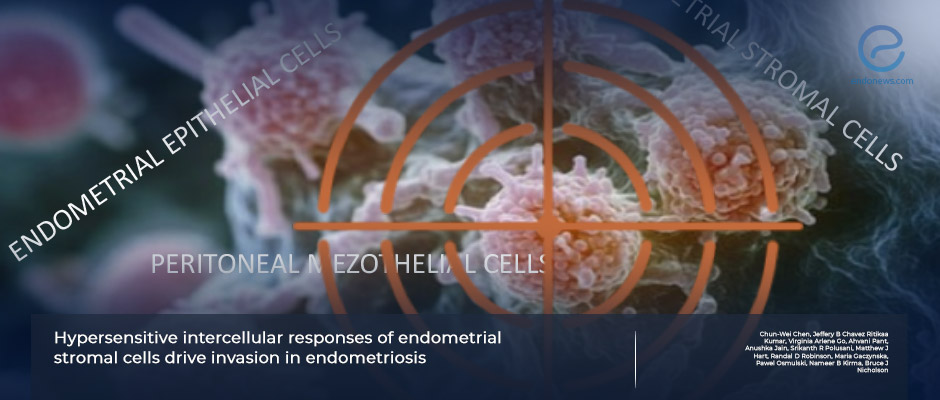
 By Nasuhi Engin Aydin
By Nasuhi Engin Aydin
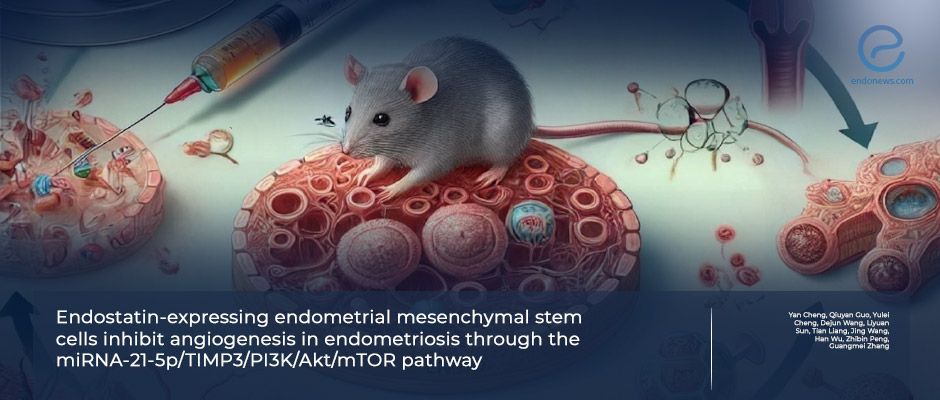
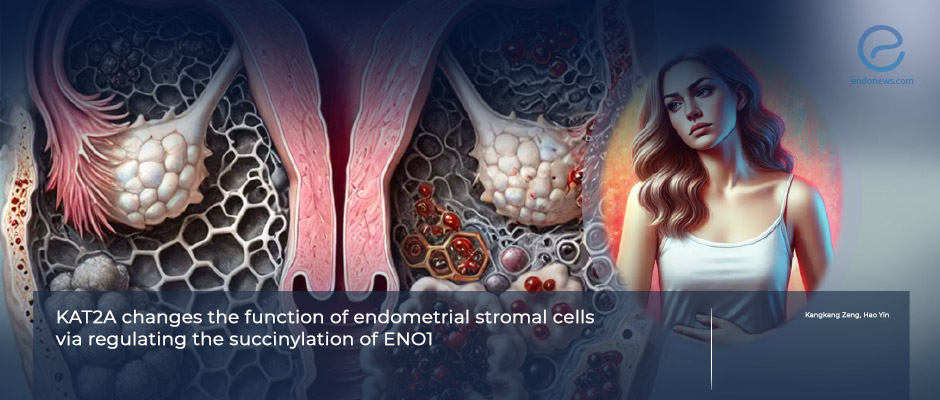

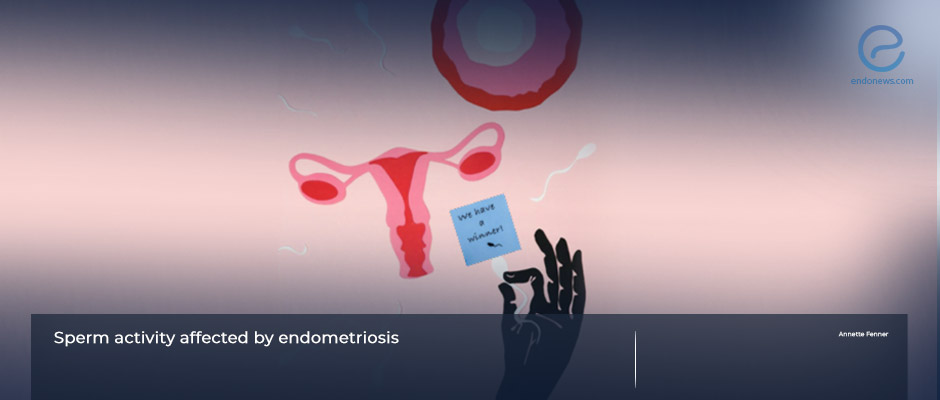
 By Hale Goksever Celik
By Hale Goksever Celik


 By Eylül GÜN
By Eylül GÜN
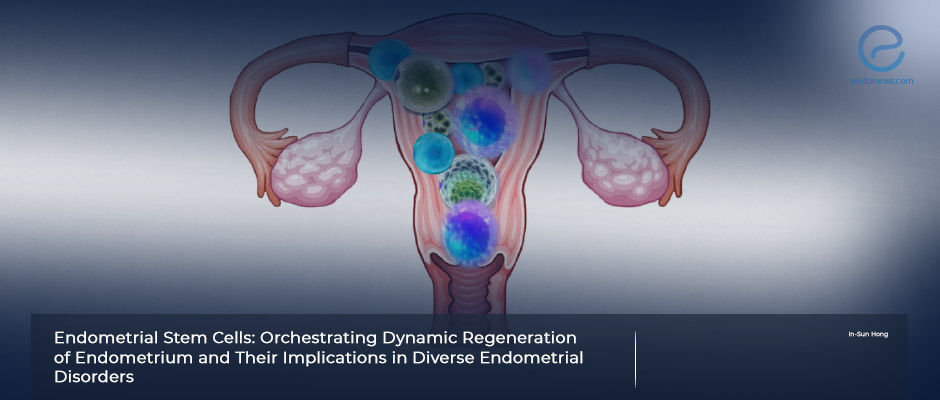

 By Özge Özkaya
By Özge Özkaya

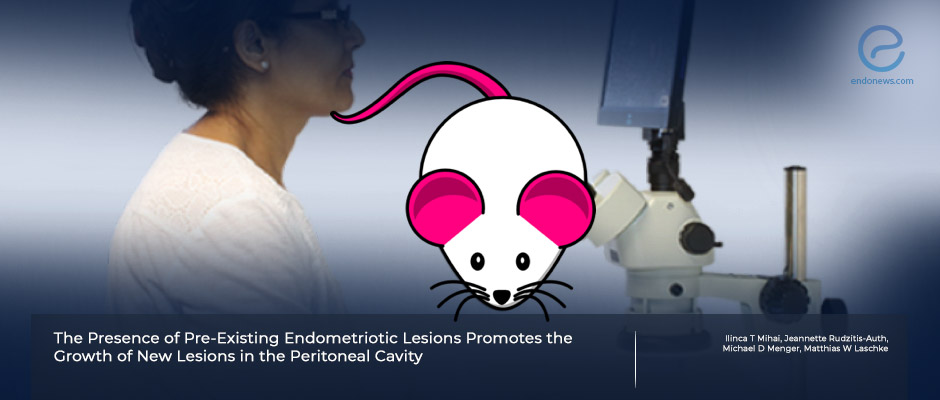

 By Selma Oransay
By Selma Oransay






 By Bahar Yuksel
By Bahar Yuksel











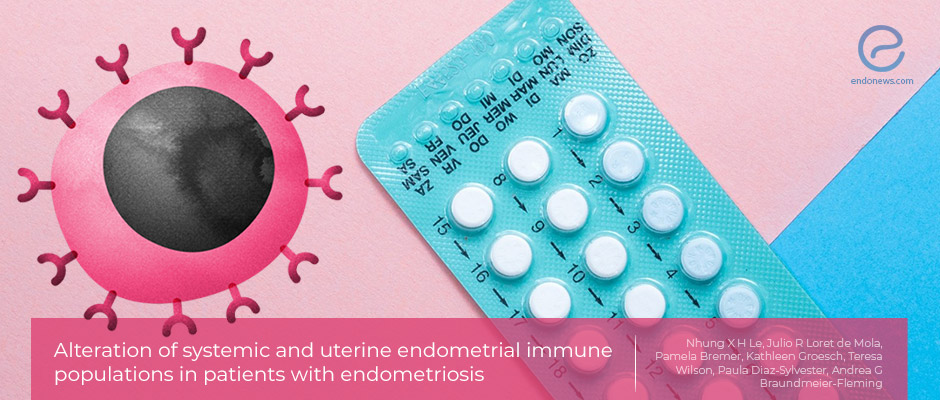

 By Yu Yu
By Yu Yu


 By Ellen Tumimbang
By Ellen Tumimbang


 By Dr. Youngran Park
By Dr. Youngran Park

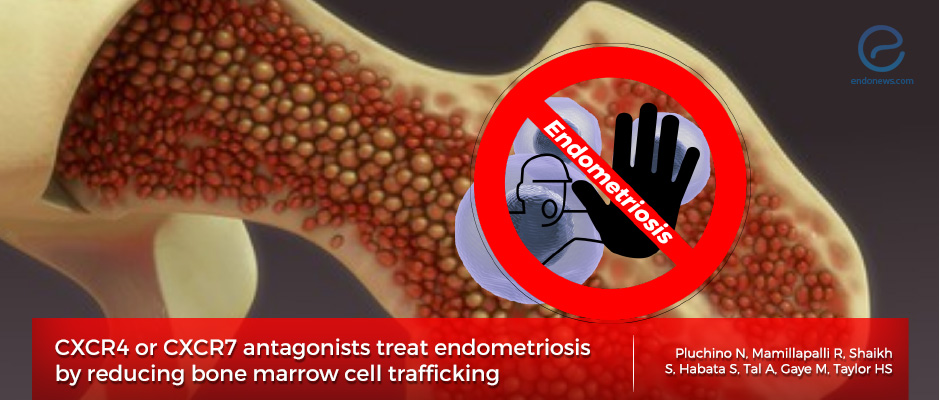

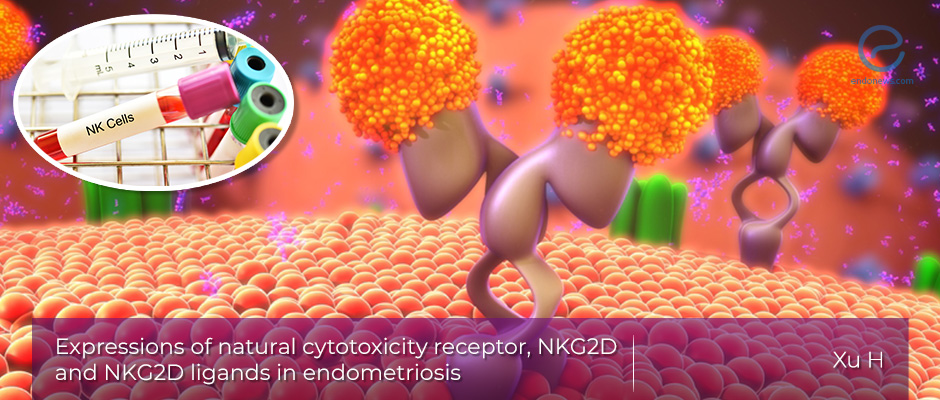


 By Irem Onur
By Irem Onur




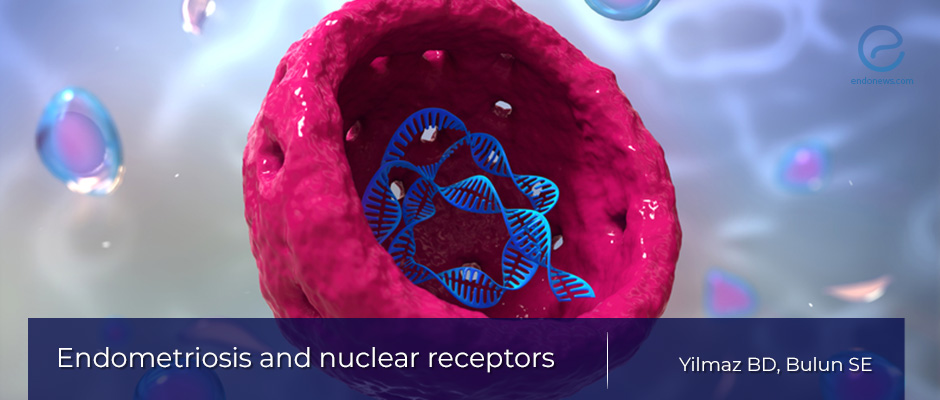


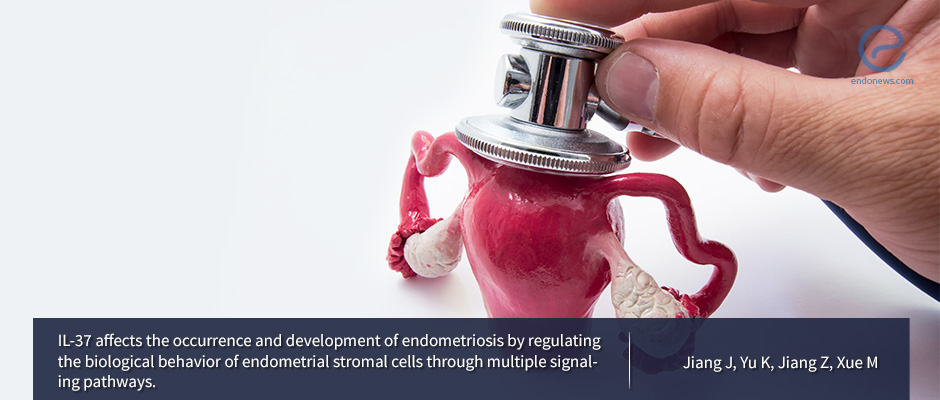



 By Murat Osman
By Murat Osman

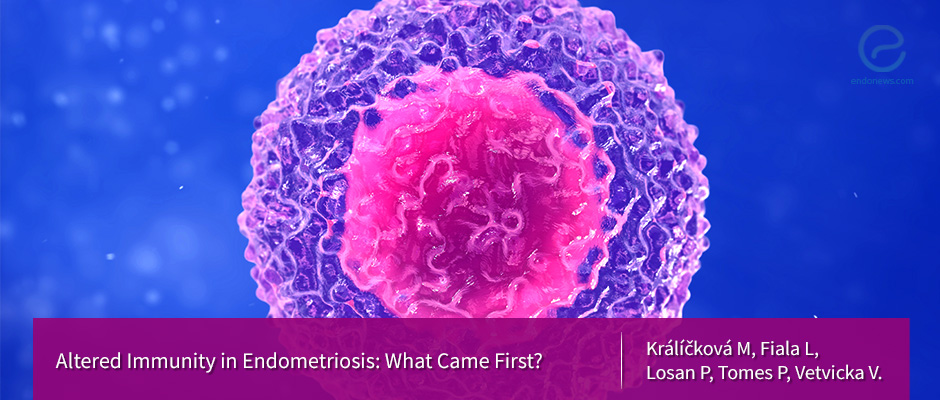

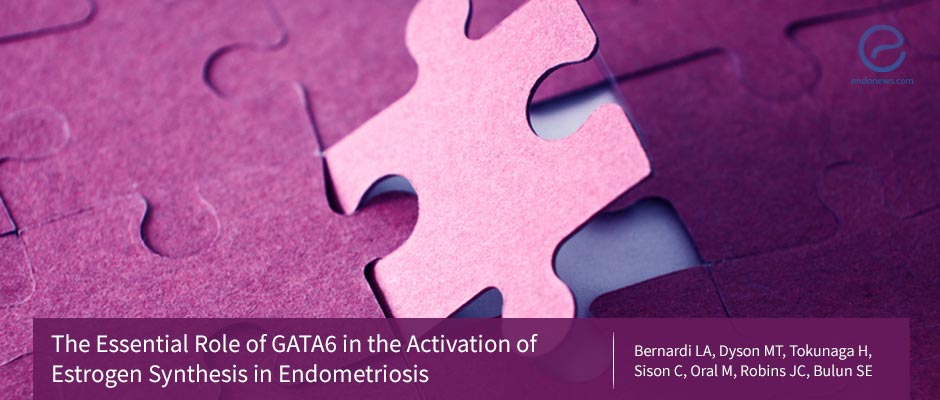

 By Kasthuri Nair
By Kasthuri Nair
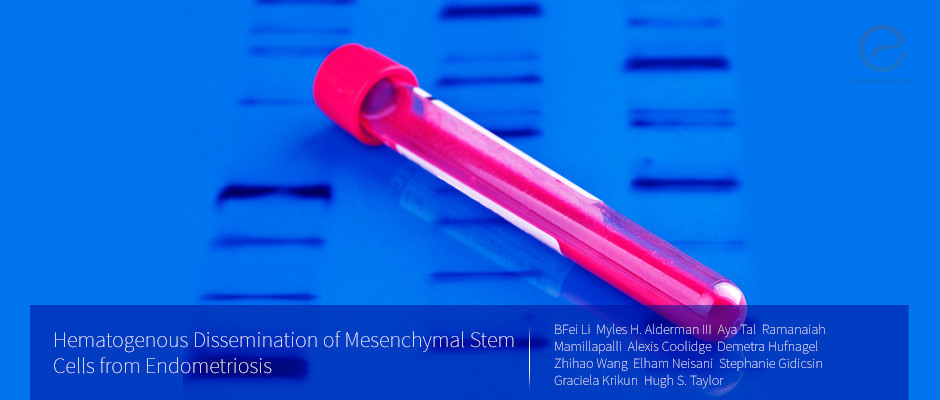












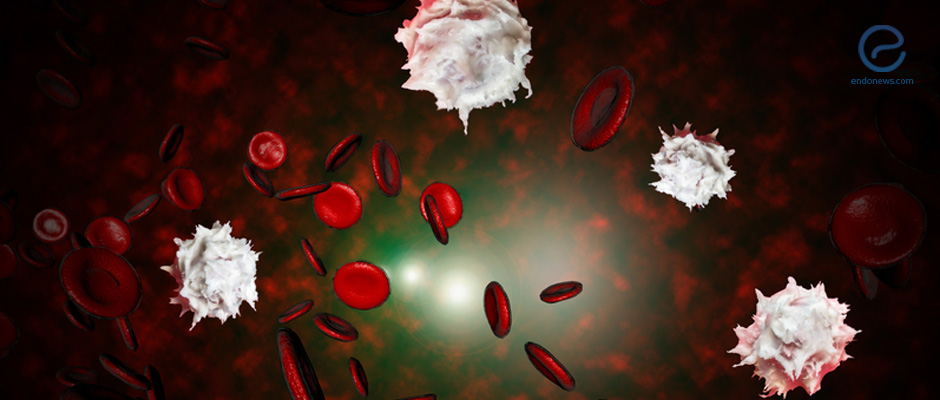
 By Demet Candaş Green
By Demet Candaş Green




